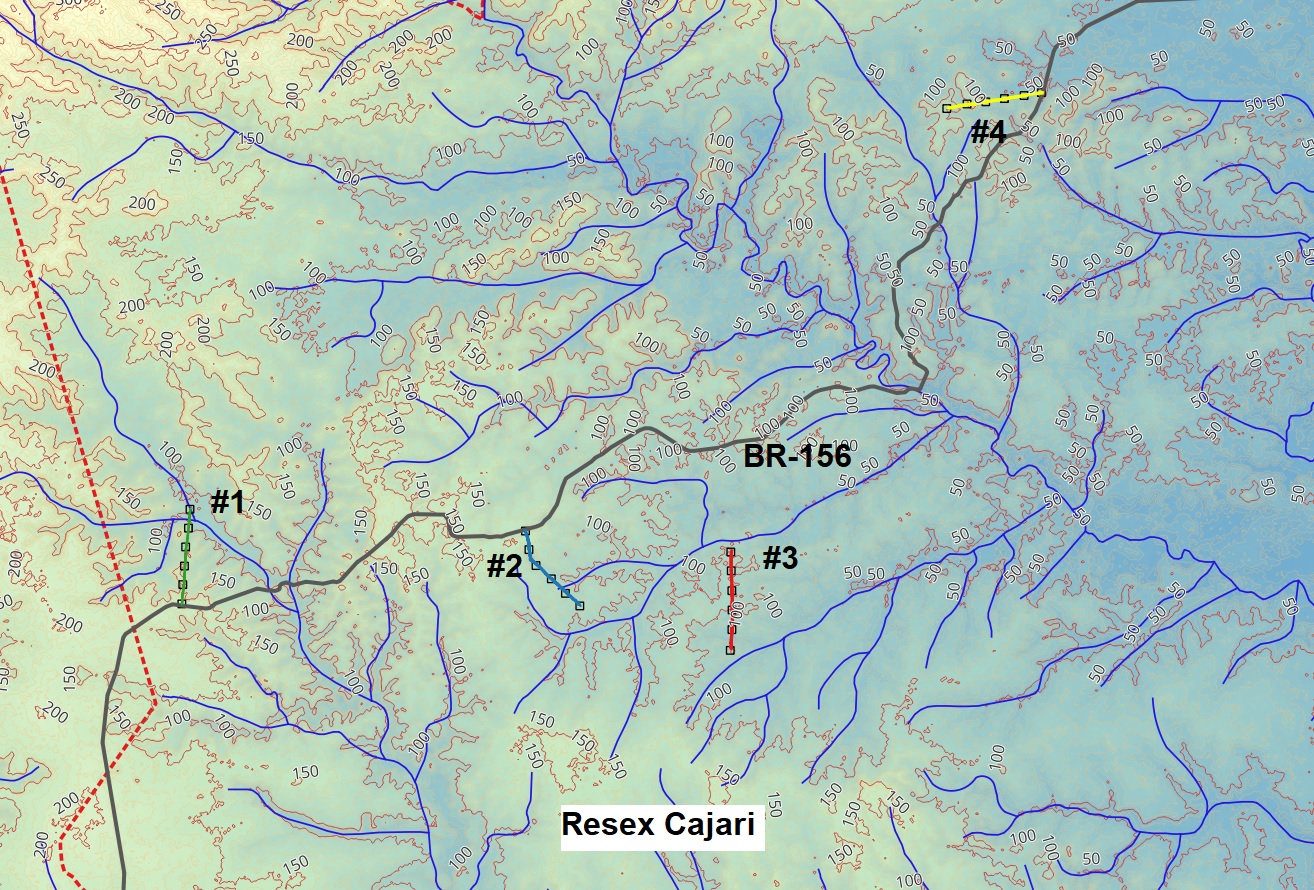Languages
Resex Cajari
The Reserva Extrativista do Rio Cajari is a verdant sanctuary in the Amazon, covering a vast expanse of 532,397.20 hectares—a testament to the natural wealth preserved since the decree number 99.145 dated March 12, 1990. Its mission is to safeguard biological diversity by fostering the sustainable use of resources by the local extractive community.
The Rio Cajari Extractive Reserve, located in the southern part of Amapá state in Brazil, encompasses a diverse range of ecosystems and natural resources.
**Characteristics:**
- **Vegetation:** Dense rainforest dominated by Brazil nut trees (castanheiras) and açaí palms.
- **Geology:** Features formations like Curuá, Trombetas, and Quaternary Barriers and Alluvium. Affected by tides from the Amazon River.
- **Hydrology:** Drained by the Cajari and Ajuruxi rivers, Igarapé Tambaqui, and smaller streams. Water flows toward the Amazon River.
- **Resources:** Non-timber products like Brazil nuts and açaí, fishing for subsistence and trade, hunting of birds and mammals for food, limited communal timber usage.
- **Infrastructure:** Limited to light vehicles, lodges, small to medium boats.
**Climate:**
- High rainfall annually (2,300-2,400 mm) with peak rains in February-April and a drier period from September to December.
- Annual temperature ranges from 16°C to 38°C, with an average around 26°C.
- Annual insolation ranges between 2000 to 2200 hours.
**History:**
- Originated during the rubber boom in the mid-20th century. Initially exploited by José Júlio de Andrade, later sold to Portuguese traders and then to the American Daniel Ludwig for the Jari Project.
- The Jari Project replaced traditional extractive activities with large-scale deforestation for plantations, causing socioeconomic changes.
- Community organization efforts led to the establishment of Extractive Reserves in 1990 to protect the rights of rubber tappers and locals.
**Social Indicators:**
- High illiteracy rates (52.2%), limited schools (19 units), poor condition of educational facilities.
- Limited healthcare services (only 9 locations with precarious services), high infant mortality, lack of sanitation and treated water.
- Economic activities shifted from rubber to açaí and palm hearts, with hunting and fishing as essential subsistence activities.
**Human Development Index (HDI):**
- Recorded a low level of development, with an average of 0.444 for Mazagão.
The reserve has a complex history shaped by exploitation, socioeconomic changes, and subsequent efforts to protect local communities and the environment. The challenges include insufficient infrastructure, educational and healthcare services, and a need for sustainable resource management.


